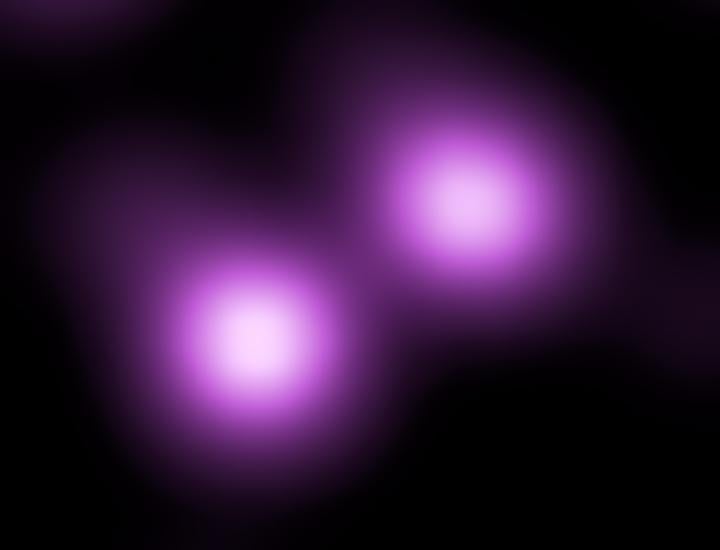Scientists find mysterious origin of brightest explosion ever seen in the universe
Discovery 'turns upside down what most researchers have believed,' says one of researchers

Scientists have found the origin of one of the luminous explosions ever seen in the universe.
Superluminous supernovae are the brightest explosions in the universe. SN 2006gy is one of the most studied, and has become fascinating to researchers who are trying to explain how such luminous explosions could happen.
But such phenomena have remained largely unexplained, with astronomers unable to find the reason for their intense brightness. They shine so intensely that they challenge traditional astrophysical models, which have been unable to account for such a bright star.
Now scientists think they have found the cause of the blazing brightness coming out of SN 2006gy. And they hope that it could shed light on where other such superluminous supernovae get their intensity from.
The new breakthrough came when researchers discovered that the star gained its intense brightness when a normal supernova crashed into a shell of material that surrounded it.
Nasa's groundbreaking decade of space exploration: In pictures
Show all 10The researchers made their discovery when they looked into the fact that the brightness is particularly stark in one part of the spectrum. They suggested that vast amounts of iron could account for that particular "line", as researchers call it – and when they tested that scenario, it worked.
"It became even more exciting when it quickly turned out that very large amounts of iron was needed to make the lines - at least a third of the Sun's mass - which directly ruled out some old scenarios and instead revealed a new one," said Anders Jerkstrand from the Department of Astronomy at Stockholm University.
The researchers suggest that before SN 2006gy became what it is today, there was a double star made up of a white dwarf as big as Earth, and a huge hydrogen-rich massive star the size of our solar system. As the bigger star became even bigger, the smaller one was caught up in it and fell in towards the centre.
When it got there, the white dwarf exploded into a "Type Ia supernova" – a normal supernova. That then collided with the envelope surrounding it, creating the giant collision that sent the light streaming across the universe.
"That a Type Ia supernova appears to be behind SN 2006gy turns upside down what most researchers have believed", says Anders Jerkstrand.
"That a white dwarf can be in close orbit with a massive hydrogen-rich star, and quickly explode upon falling to the centre, gives important new information for the theory of double star evolution and the conditions necessary for a white dwarf to explode."
Subscribe to Independent Premium to bookmark this article
Want to bookmark your favourite articles and stories to read or reference later? Start your Independent Premium subscription today.

Join our commenting forum
Join thought-provoking conversations, follow other Independent readers and see their replies